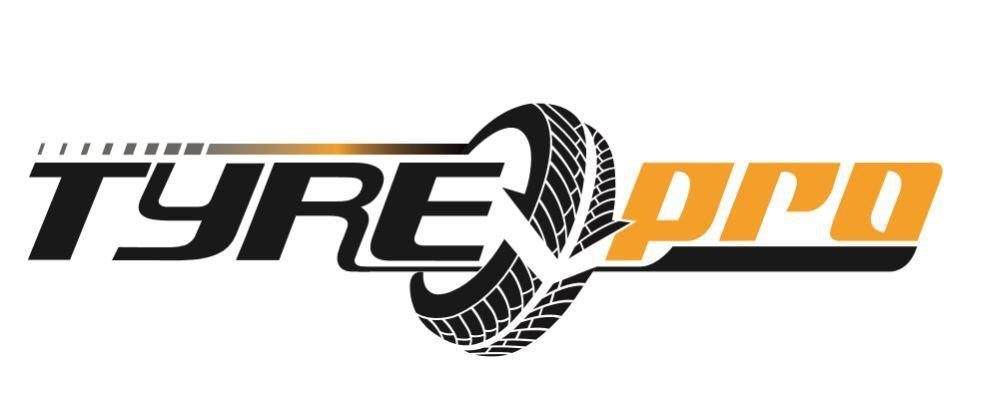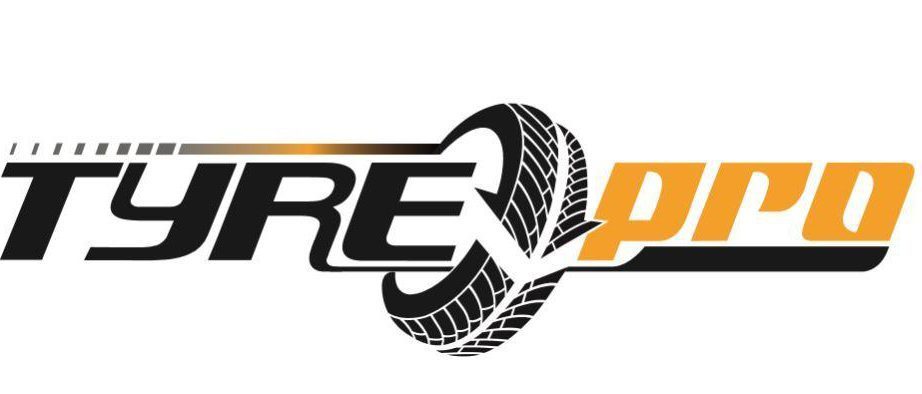TYRE SAFETY TIPS
Your safety.
Our responsibility.
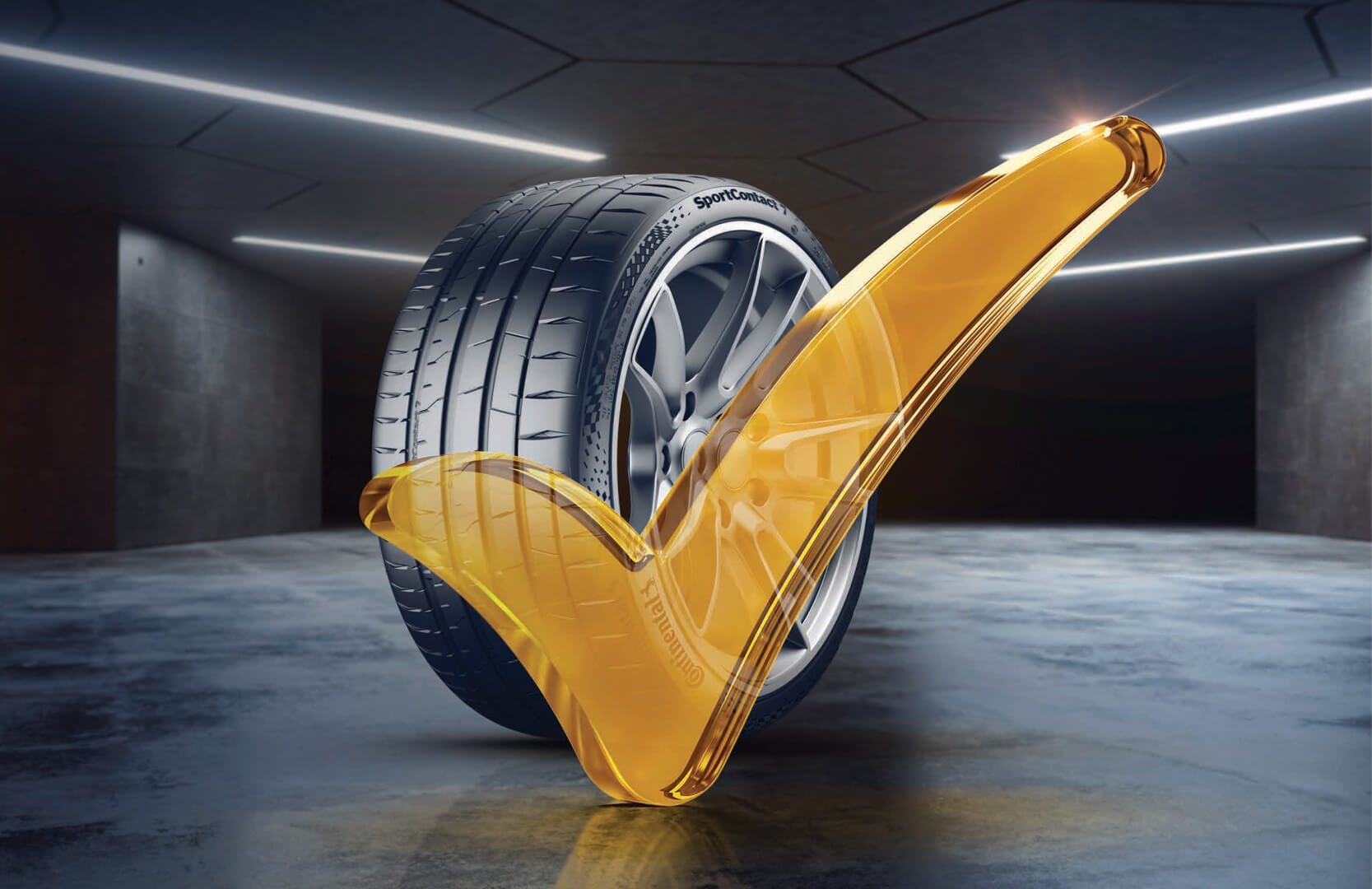
Your safety.
Our responsibility.
Discover German engineered tyre technology.
The most important part of your car to keep safe is not the engine.
Tyres are the only contact between your car and the road.
Tyres are the main component of a vehicle which can enhance performance and dramatically impact safety. The tyres are the only contact a vehicle has with the road and therefore they are a crucial component, particularly in modern high-speed cars. Damaged or low quality tyres will compromise a car’s safety on the road. It’s important you select the right tyres when replacing them and that you take the advice of professional tyre experts. You should also be aware of how to check your tyres, and to know when to change them. Above all, for vehicles to remain safe and secure on the road, tyres need to be able to cope with the forces exerted on them – when braking, accelerating or cornering. At Continental, we care about your safety and that’s why we’re providing important safety tips inside this manual. Read on to find out how you can keep your tyres safe.
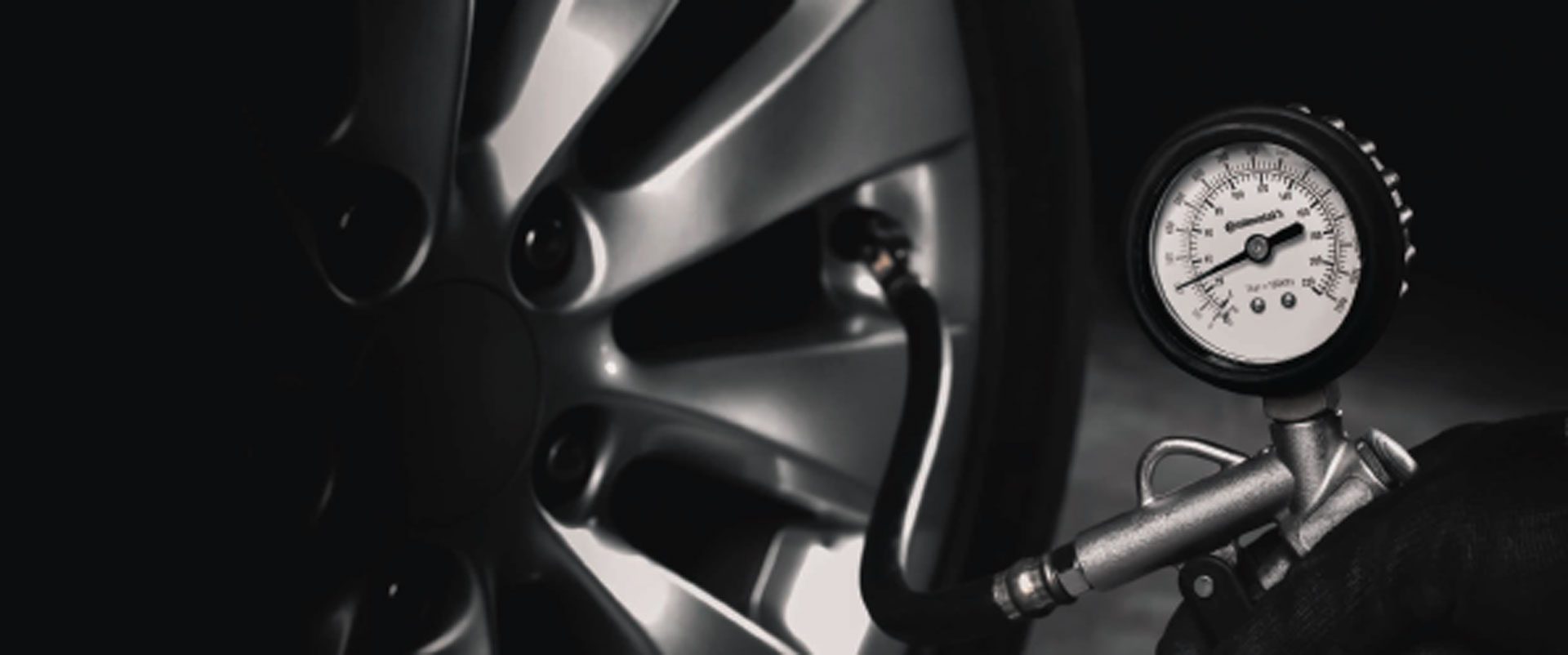

Check your tyre pressure every 15 days.
Some of the new cars today come fitted with Continental’s Tyre Pressure Monitoring System (TPMS). This system permanently monitors the tyre’s inflation pressure and reliably alert the driver in the event of a loss of pressure.
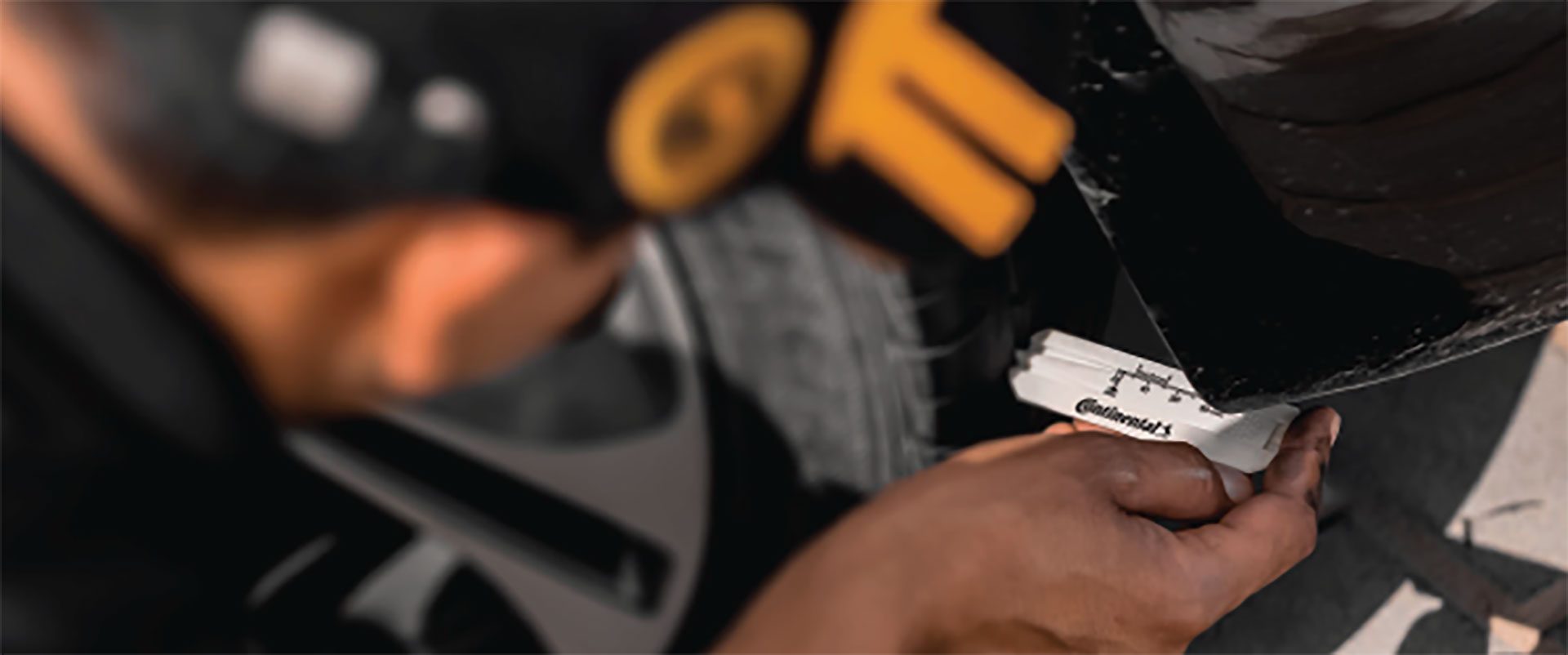

Keep an eye on your tread depth.
Tread depth has a strong impact on tyre performance. In all tyres you will find the Tread Wear Indicator (TWI) which marks 1.6mm depth.
Tread Wear Indicators (TWI) are raised bars in the main longitudinal tread grooves, distributed evenly around the circumference of the tyre. Low remaining tread depth greatly increases the risk of aquaplaning and impair wet braking performance. We strongly urge drivers to change their tyres before they reach the TWI.
A good rule of thumb to follow: Continental recommends to replace tyres at 3mm
remaining tread depth for optimal performance. However, the legal limits = 1.6mm.
Summer tyre braking comparison:

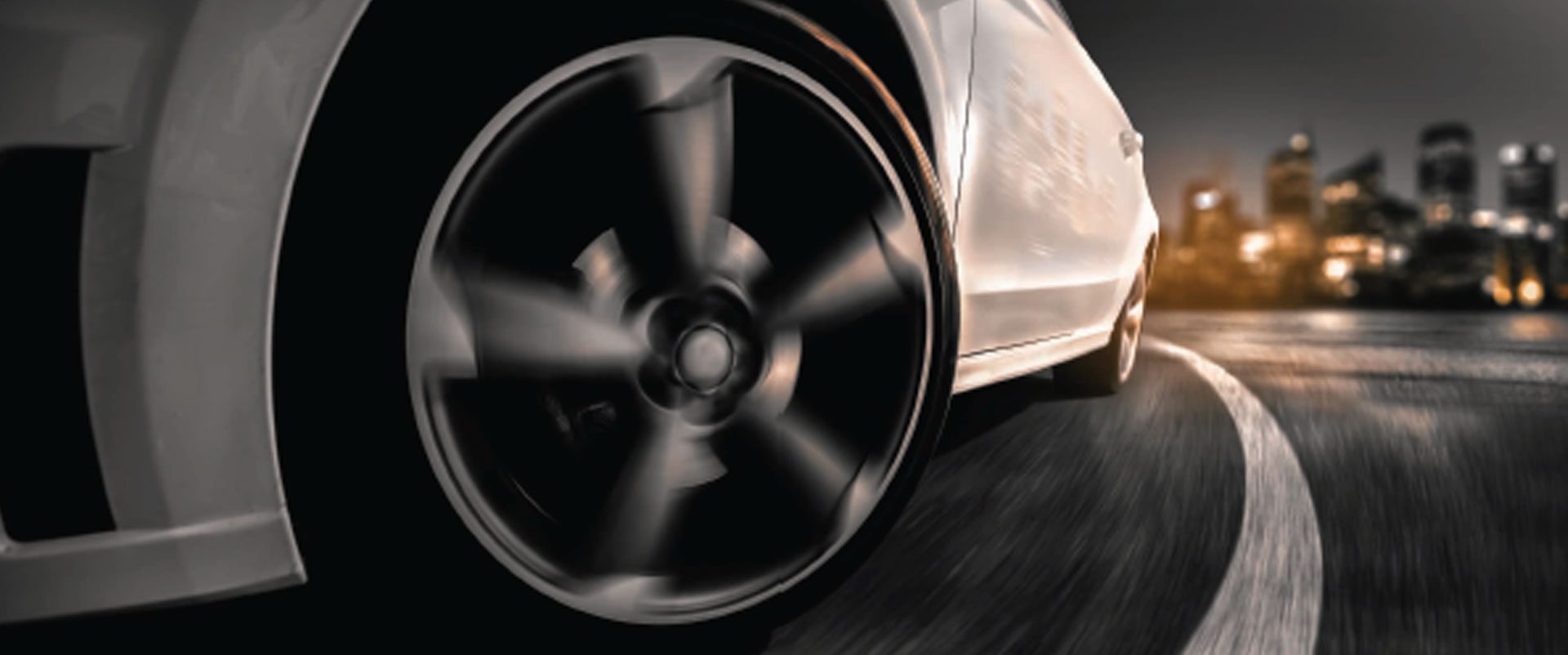
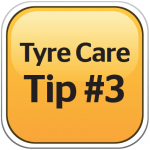
Keep your tyres out of harm’s way.
Tyres can get damaged without the driver’s knowledge. If you discover or suspect
damage, have the tyre inspected without delay by a tyre service professional.
We recommend:
When driving over an obstacle, approach it slowly – as close to the perpendicular as
possible. Check your tyres regularly for exterior damage such as cuts, cracks or bulges.
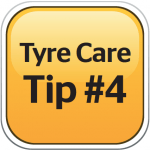
Tyres can be overstressed too.
We recommend: Avoid overloading your vehicle. If you intend to drive under full-load/high-speed conditions, adjust your tyre pressure according to the vehicle manufacturer‘s recommendations.
Turn to pages 10 and 11 to understand the maximum load for your tyres.
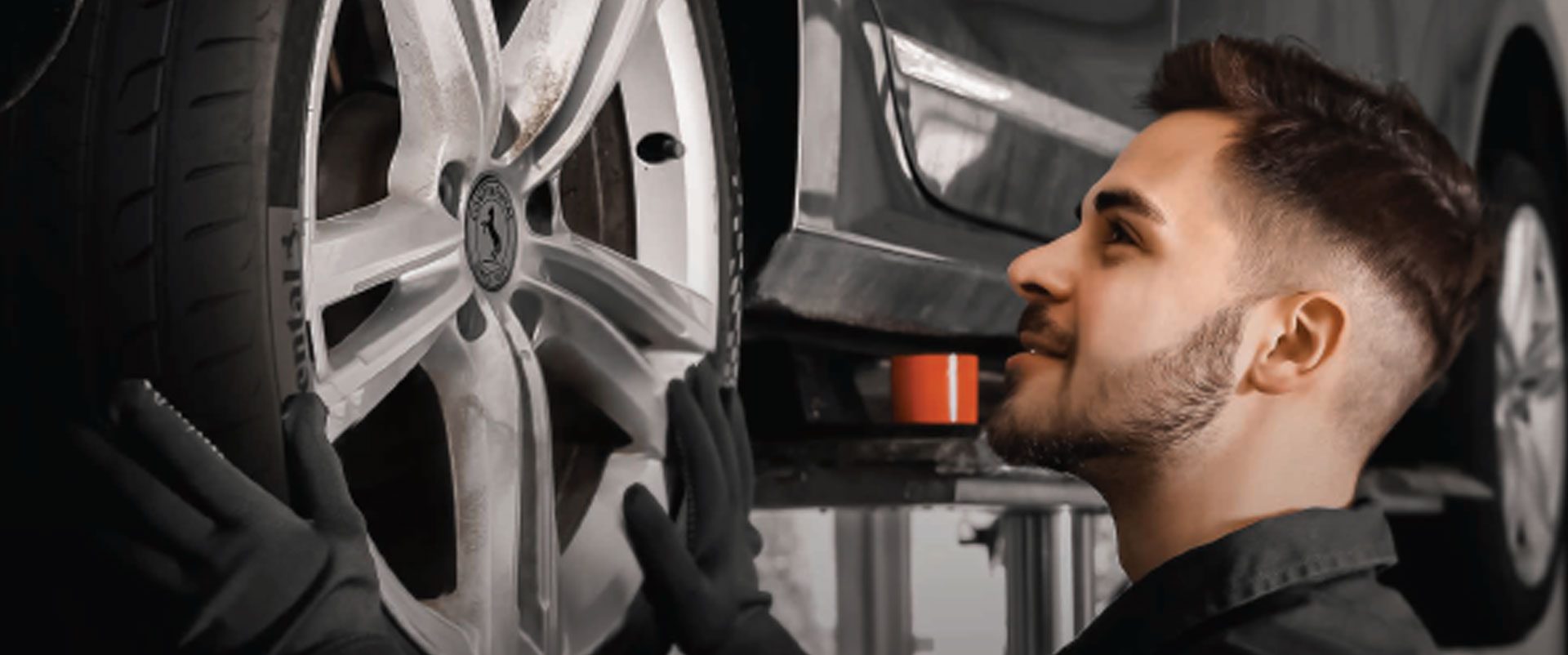

Rotate your tyres every 10,000kms.
Tyres tend to wear unevenly. A tyre rotation will ensure an even tread wear so a longer life for your set of tyres. Also, at the time of the rotation, the tyre inspection from an expert tyre service dealer needs to take place.
We recommend that you rotate your tyres every 10,000kms even if they don’t show signs of wear. It can also be a good time to have your tyres rebalanced if the vehicle has developed a vibration. Read Tyre Care Tip 6 for more details.
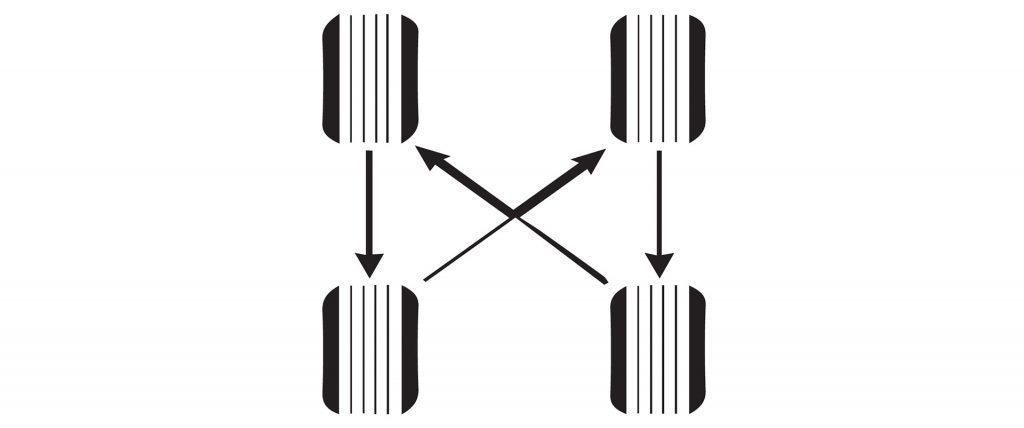

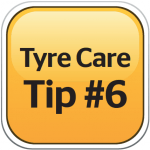
Balance your tyres.
If your steering wheel shakes or your car feels a bit bouncy while driving down the road, your vehicle may have tyres that are out of balance. A simple impact of the tyre on the pavement can unbalance the tyre.
Balancing should be done every time:
– You get a new set of tyres or new rims.
– You rotate your tyres.
– Notice vibrations while driving.
While improperly balanced tires will result in a shaky feel on the road, it will eventually result in costing you money, since all that jostling and bouncing around will be transferred to your car’s suspension, making those components wear out sooner as well. Balancing your tyres will ensure a smooth driving experience, free of vibrations.

Choose the right tyre pattern & size for your car
Turn to pages 10 and 11 to really understand what your tyre wall is telling you.


A puncture is a common reason for tyre repair. The tyre must be thoroughly inspected and a repair must not be attempted in case of any of the following:
1. Tread depth below 1.6mm.
2. Broken structural integrity or run flat damage.
3. Any damage caused by an external object.
4. Worn out, aged or deteriorated rubber.
5. Exposed cords.
In case you are uncertain about whether your car tyre must be repaired or not, seeking expert advice is a must.

Adjust your wheel alignment periodically.
If you’re wondering whether your car needs an alignment, first look at your tyres. Uneven tyre wear, more often the wear on the outside of some tyres is a prime indicator that your car is likely out of alignment. Here are a few more indicators:
• Your car seems to be drifting to one side, even when you think you’re driving straight
• You are driving straight, but your steering wheel isn’t centered
If none of these indicators occurs but it’s been a while since your last alignment, check your owner’s manual to see how often the manufacturer recommends having this service. It is very important to have your tyres aligned for longer lasting tyres, more mileage, better handling and most important – safer driving.
We also have cutting edge technology in our tyres, including:
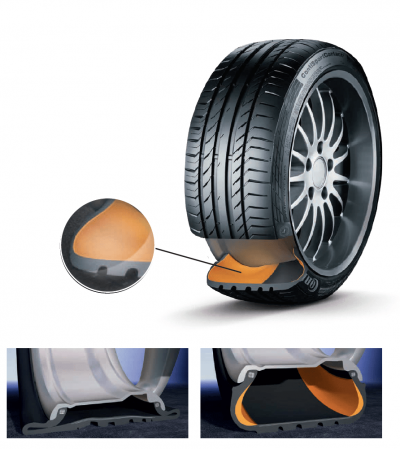
ContiSealTM
- ContiSeal™ reduces the consequences of tyre tread damage: punctures up to 5mm in diameter (e.g. nail damage) are sealed immediately thanks to a unique technology
- Constant mobility and unaltered mileage – no need for an immediate stop or roadside tyre change
- Unrestricted driving performance identical to that of a tyre without ContiSeal™ technology under normal operation
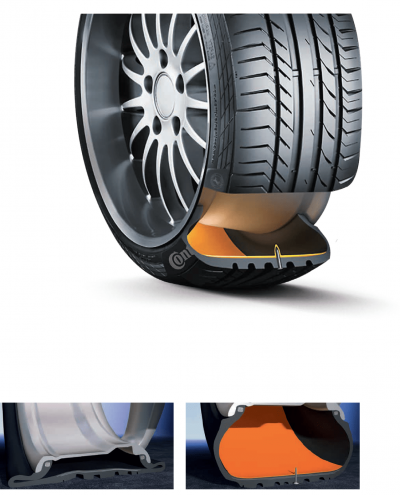

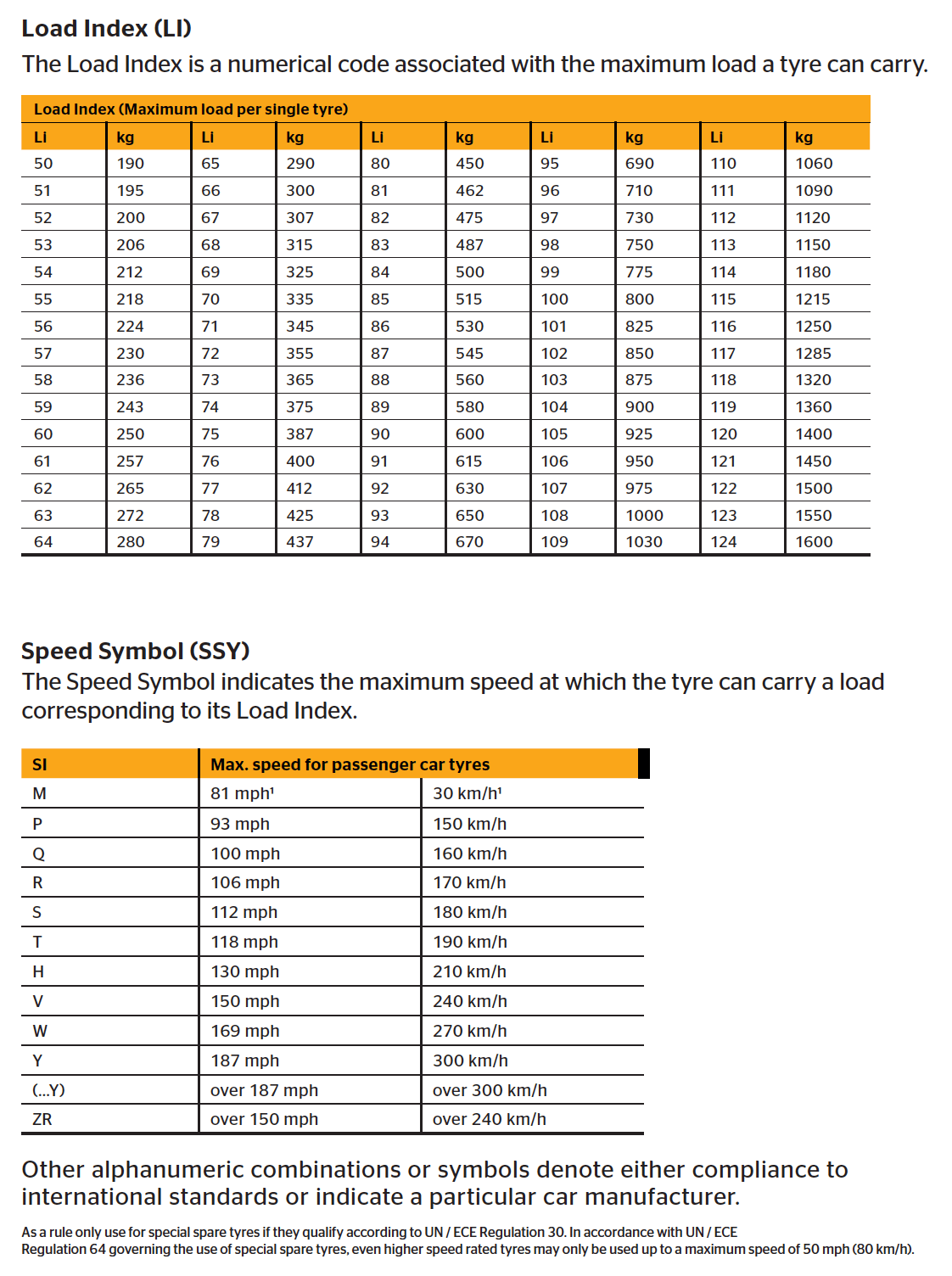
At TyrePro, performance is our passion. We strive to make your ride smoother, safer, more comfortable, and more sustainable. Our commitment to quality and customer satisfaction drives us to continually improve and innovate.
- TYREPRO SAL Beirut, Lebanon - Dora Seaside Highway
- Phone: +961 1 253201
- Email: info@tyreprolebanon.com
Copyright © 2024 | TYREPRO All Rights Reserved.
